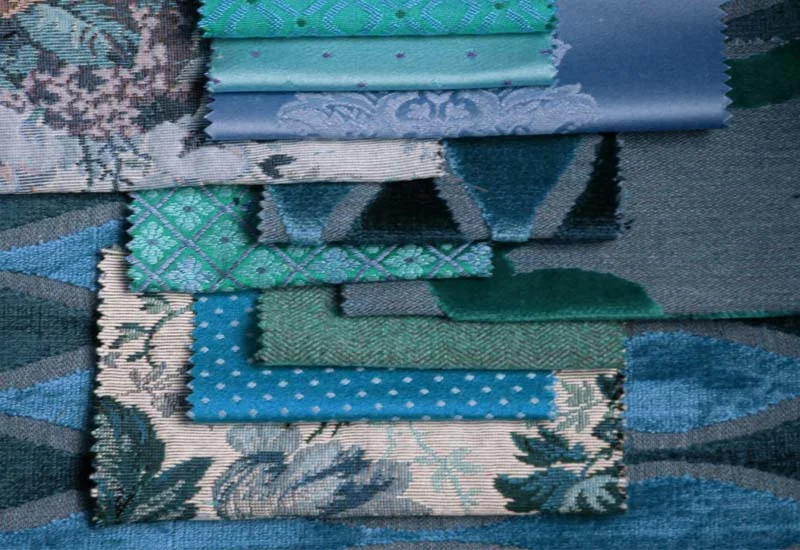
Patchwork upholstery fabric is an innovative and artistic way to add personality and charm to your furniture. how to make patchwork upholstery fabric.
It involves sewing together pieces of different fabrics to create a unique, textured design.
What is Patchwork?
Patchwork involves sewing together small pieces of fabric, often in varying colors and patterns, to form a larger, cohesive design. This technique originated from quilting traditions but has evolved to include modern applications like upholstery.
Different types of patchwork designs
Common patchwork designs include traditional blocks, freeform patterns, and geometric shapes. The diversity of designs makes it possible to customize the style based on personal taste.
Materials used for patchwork upholstery
Popular materials include cotton, linen, and denim, as they are easy to work with and durable. Leather or velvet can also add a luxurious touch to the final design.
Steps to Create Patchwork Upholstery Fabric
Steps to How to Make Patchwork Upholstery Fabric
Step 1: Preparing the fabric pieces
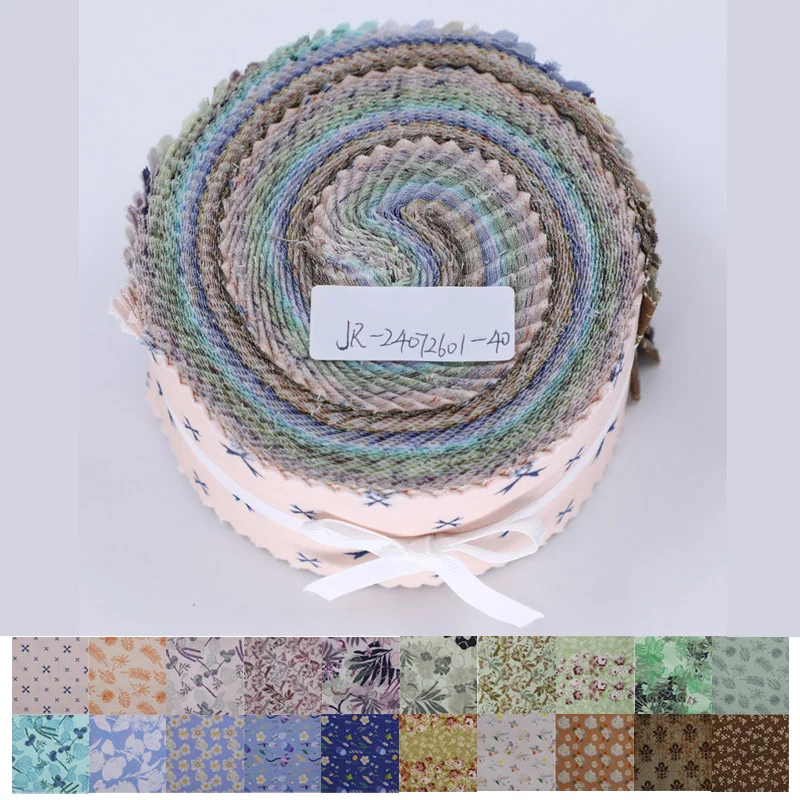
The preparation phase is critical for ensuring your patchwork upholstery comes together seamlessly. Begin by selecting fabrics that complement each other in terms of color, pattern, and texture. Ideally, choose fabrics of similar weights to ensure they wear evenly over time.
Before cutting the fabric, wash all pieces to pre-shrink them and remove any manufacturing residue. After washing, iron the fabrics to eliminate any wrinkles, making them easier to cut accurately. Next, use a rotary cutter or fabric scissors to cut the fabric into the desired shapes and sizes.
Common shapes include squares, rectangles, and triangles, but feel free to experiment with more complex patterns depending on your design vision.
Step 2: Sewing the fabric pieces together
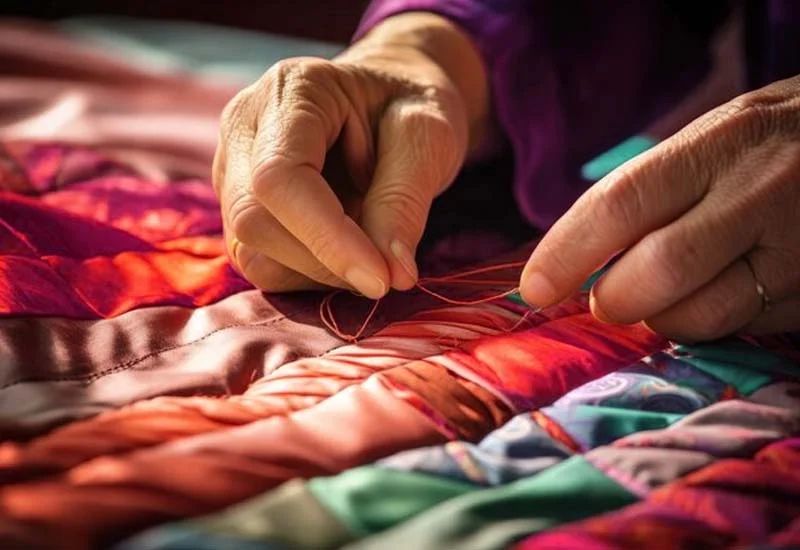
Once your fabric pieces are ready, arrange them into the desired pattern on a flat surface. This will give you a clear view of how your final patchwork will look. Start by sewing small groups of fabric pieces together to create blocks.
For example, if you’re working with squares, you can sew them into rows before joining the rows together to form larger sections. Use a quarter-inch seam allowance to ensure neat and uniform seams. A sewing machine is generally the most efficient tool for this step, but if you prefer a more personalized, handmade touch, hand sewing is also an option.
Make sure to press the seams flat with an iron as you go, which will reduce bulk and make the final assembly easier.
Step 3: Attaching the patchwork to furniture
Once your patchwork design is fully sewn together, it’s time to attach it to your chosen piece of furniture. If you’re working with a chair or sofa, you’ll need to carefully remove the old upholstery fabric first.
After doing so, drape your new patchwork fabric over the furniture, making sure it fits snugly and evenly across the surface. Use upholstery staples or fabric adhesive to secure the fabric, starting from the center and working outward to ensure an even fit.
Smooth out any wrinkles or folds as you staple or glue the fabric in place. Finally, trim away any excess fabric, fold the edges neatly, and secure them under the furniture for a clean, professional finish.
Step 4: Tools and Materials Needed
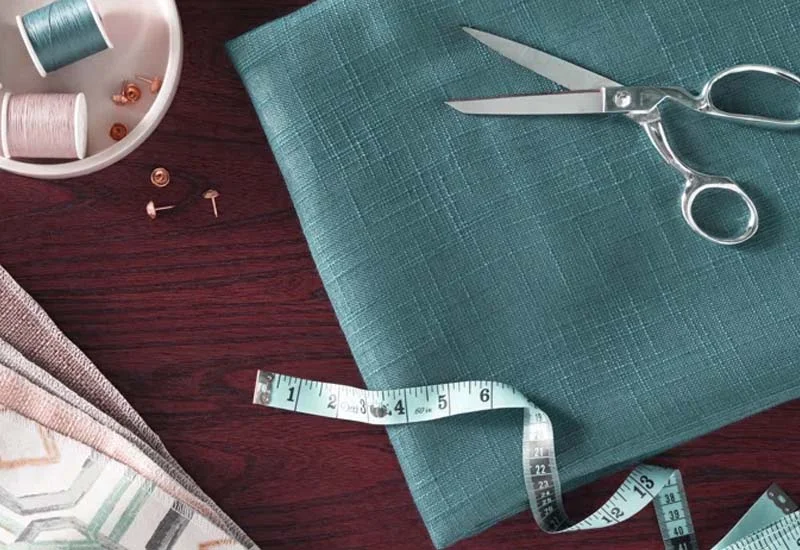
Fabric selection tips
Choose fabrics with similar weights to ensure consistency in texture and durability. Mixing lightweight and heavyweight fabrics can lead to uneven wear.
Basic tools required
You’ll need scissors, fabric chalk, rulers, and measuring tapes to ensure accuracy when cutting your pieces.
Additional supplies
Ensure you have needles, thread, and a sewing machine to complete your patchwork. A rotary cutter can be helpful for cutting through multiple layers at once.
Step 5: Planning Your Patchwork Upholstery Design
Choosing a color scheme
Decide on a color palette that complements your existing décor. Earth tones create a warm, inviting feel, while bold colors add a vibrant touch.
Deciding on patterns and shapes
Mixing geometric patterns with organic shapes adds depth to the design. You can experiment with various shapes, from squares and triangles to more complex designs.
Measuring and cutting the fabric
Measure your furniture carefully and calculate how much fabric you will need. Cut your fabric pieces with precision to ensure they fit together seamlessly.
Benefits of Using Patchwork in Upholstery
a. Unique aesthetic appeal
Patchwork creates a distinct, one-of-a-kind look that is often impossible to replicate. It allows for the blending of colors, textures, and patterns, making it a versatile design choice.
b. Sustainability and upcycling
Using leftover fabric scraps or repurposing old textiles for patchwork reduces waste and supports eco-friendly practices.
c. Durability and longevity
Well-made patchwork upholstery can withstand regular use, as multiple layers of fabric provide additional strength.
Techniques for Sewing Patchwork Upholstery
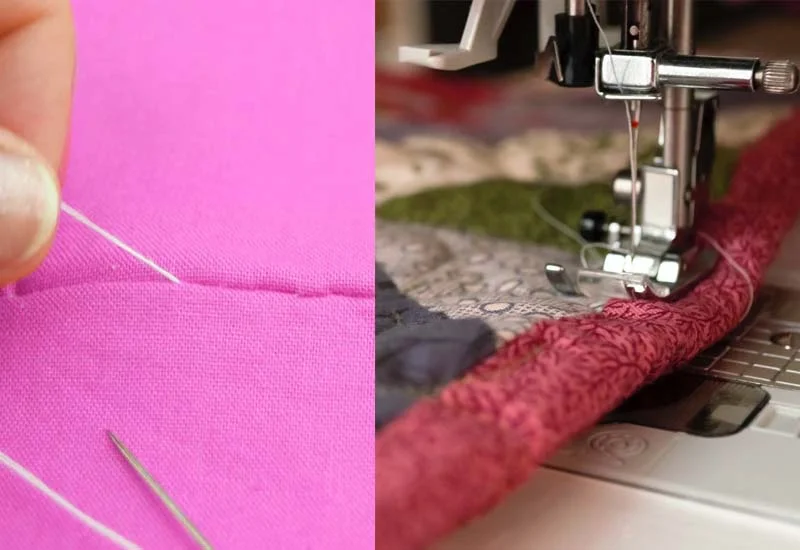
a. Hand sewing vs. machine sewing
Hand sewing is ideal for intricate designs, but machine sewing is faster and more efficient for larger projects. Choose the method that best fits your skill level.
b. Common patchwork sewing techniques
Techniques like quilting, strip piecing, and applique are popular for patchwork projects. Quilting involves sewing multiple layers of fabric together to create a padded effect.
c. Tips for joining different fabric types
If you are combining fabrics with different textures, reinforce the seams to prevent tearing. Use a zigzag stitch to allow flexibility in the fabric.
How to Maintain Patchwork Upholstery
a. Cleaning techniques
To clean patchwork upholstery, spot clean with mild detergent or use a fabric-safe cleaner. Avoid harsh chemicals that could damage delicate fabrics.
b. Tips for maintaining fabric integrity
Rotate cushions or reupholster sections that experience heavy use to maintain the longevity of your patchwork upholstery.
c. How to handle wear and tear
If a patch tears, replace it with a new piece of fabric. Reinforce weak seams to prevent further damage.
Patchwork Upholstery Fabric Practical Applications
Sofas and Armchairs: Patchwork upholstery adds personality to living room seating. Whether it’s a vibrant, colorful design or a more subdued, monochromatic patchwork, it can instantly transform an old sofa or armchair into a statement piece.
Ottomans and Footstools: Smaller pieces of furniture like ottomans and footstools are perfect for showcasing patchwork fabric. Their compact size makes them easier to work with and an excellent starting point for beginners.
Dining Chairs: Reupholstering dining chairs with patchwork fabric brings a playful or artistic touch to the dining room. Depending on your design choices, it can also make the space feel more cozy and welcoming.
Headboards: Patchwork fabric can be used to upholster headboards, adding texture and warmth to the bedroom. It works well in both modern and traditional settings, depending on the choice of fabric and color scheme.
Outdoor Furniture: Using durable, weather-resistant fabrics, patchwork upholstery can even be applied to outdoor seating, giving a unique twist to patio or garden furniture.
FAQs
What materials are best for patchwork upholstery fabric?
For durability, choose fabrics like cotton, linen, or denim. These materials are sturdy enough for upholstery and can be easily stitched together.
How do I choose fabrics for patchwork?
Select fabrics with similar weights and textures to ensure a cohesive look and consistent wear. Mixing patterns and colors can add a unique touch, but stick to a complementary color palette.
What size should the patchwork pieces be?
Common sizes range from 4×4 inches to 8×8 inches, but this can vary based on your design preference and the furniture piece you’re upholstering.
How do I assemble patchwork fabric for upholstery?
Cut the fabric pieces into uniform squares or shapes, arrange them in your desired pattern, and sew them together using a sewing machine. Press seams flat as you go to keep the fabric smooth.
Can I use pre-cut patchwork fabric for upholstery?
Yes, pre-cut patchwork fabrics like charm packs or fat quarters can simplify the process and provide a ready-made mix of coordinating patterns and colors.
Conclusion
Patchwork upholstery fabric allows you to transform ordinary furniture into something extraordinary. It’s a sustainable, creative, and durable design option that can be tailored to your style and needs.
Whether you are new to sewing or an experienced quilter, the process of creating patchwork upholstery is a rewarding way to showcase your personality through design. Try it for your next upholstery project and enjoy the unique touch it brings to your home.
